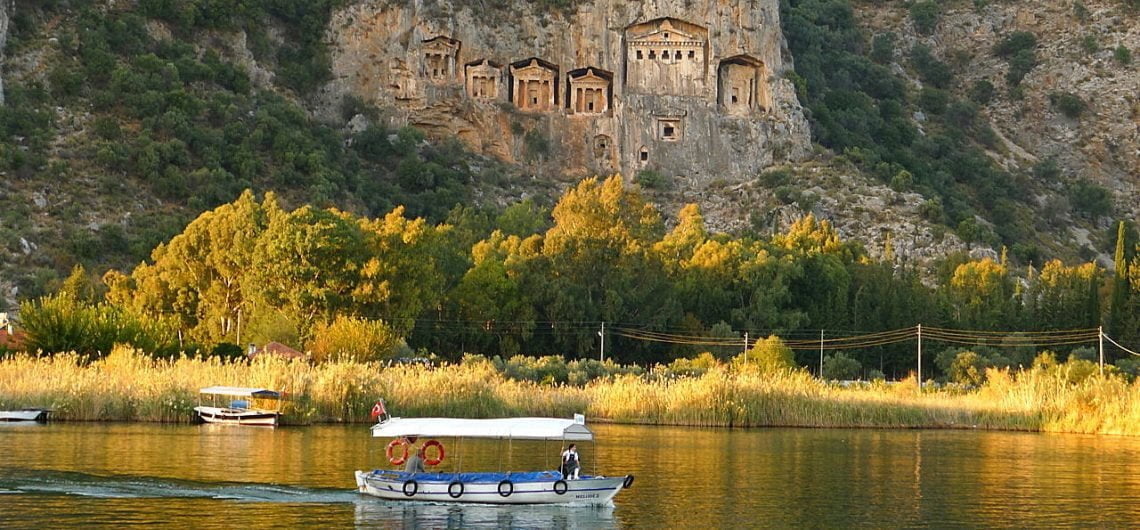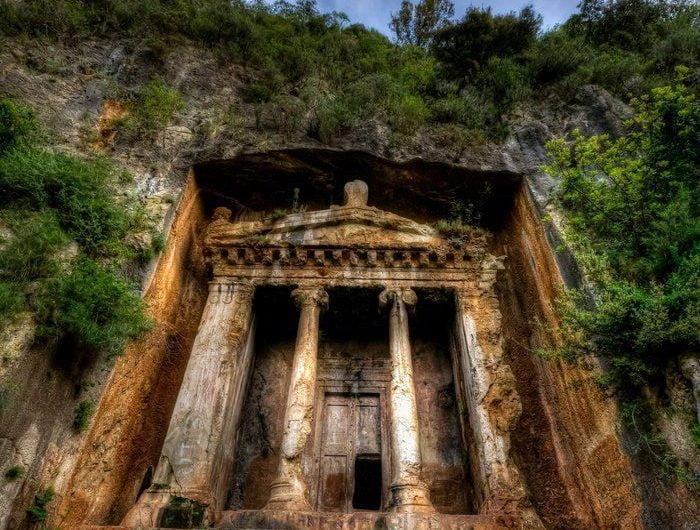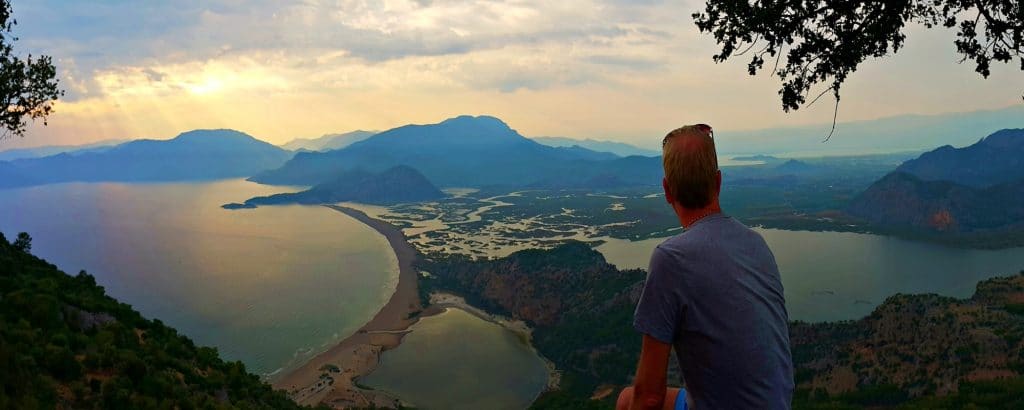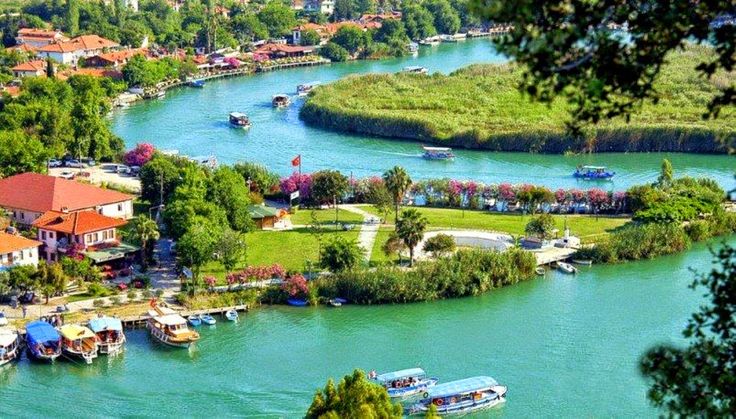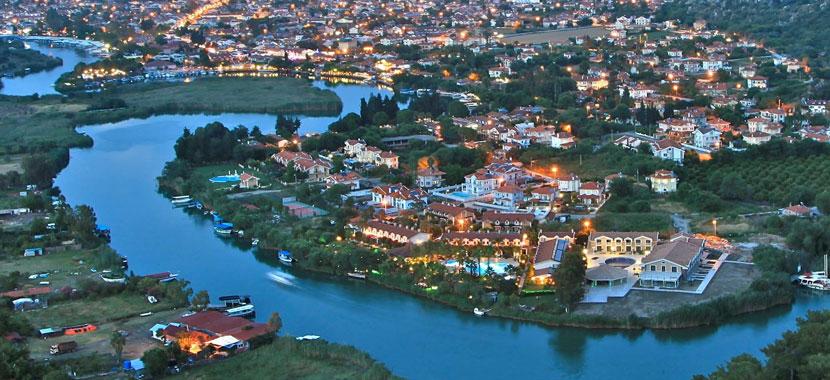In the Anatolia of antiquity many people some of whom were natives of the land and others immigrants, lived in separate regions defined by geographical boundaries Historians and geographers of the First Era used to give the names of places according to their inhabitants. That is why Caria means Land of the Karians.” This country of mountains, highlands and plateaus cover the south of today’s Aydın, the southwest of Denizli and the entirety of Mugla (apart from Fethiye). This expansive area encompasses the lace-like Aegean coast, bays, peninsulas and islands.
Cevat Şakir Kabaagaçlı, known by his penname, “the Fisherman of Halicarnassus”, writes about the “Sea Islands” as follows: The Aegean coast is a place where bays and headlands embrace the sea… Noble peaks and great headlands fall into the sea, rise out to become islands. These headlands that dip in and out of the sea form a series of islands, just like a line of pearls.”
After Turkish tribes invaded all the Christian lands to the north of Caria in the 1300s, Caunos experienced a severe population decline resulting from the economic implosion of maritime trade. Additionally, a malarial epidemic brought the city to its knees and it was finally abandoned. When the ancient city was heavily damaged by earthquakes, it was covered with earth that then grew a dense vegetation, hiding it from view. Eventually two new settlements budded within the vicinity.
Yes, the delta is chaotic, but this incredible land that is in constant flux, reshaped by the divine order, inspires feelings of awe and joy. There are four lakes worthy of exploration, the first of these Sülüklü lake, was once the port of ancient Caunos, and the life blood of its economy. This busy harbour was frequented by the tilted-nosed, square-sailed ships of antiquity and was according to Strabo ‘protected with a chain across its entrance when necessary’.
he town of Dalyan has a history that probably dates back to the 13th century, but which received it’s status technically speaking during Süleyman the Magnificent’s Rhodes campaign. More recently, about 30 to 40 years ago, this settlement turned village was almost exclusively dependent on agriculture and fishing for its sustenance.
Spread out all along the river banks, and dotting the Delta like an archipelago, the tall plumes of reeds whisper a very old story in the soft breezes. This is the tragic tale told by Ovid in his masterpiece “The Metamorphoses”, about the birth of the Calbis River and legendary King Caunos, who founded the ancient city named after him.
According to this legend, Caunos and Byblis, twin children of King Milatos, were very attached to each other.

